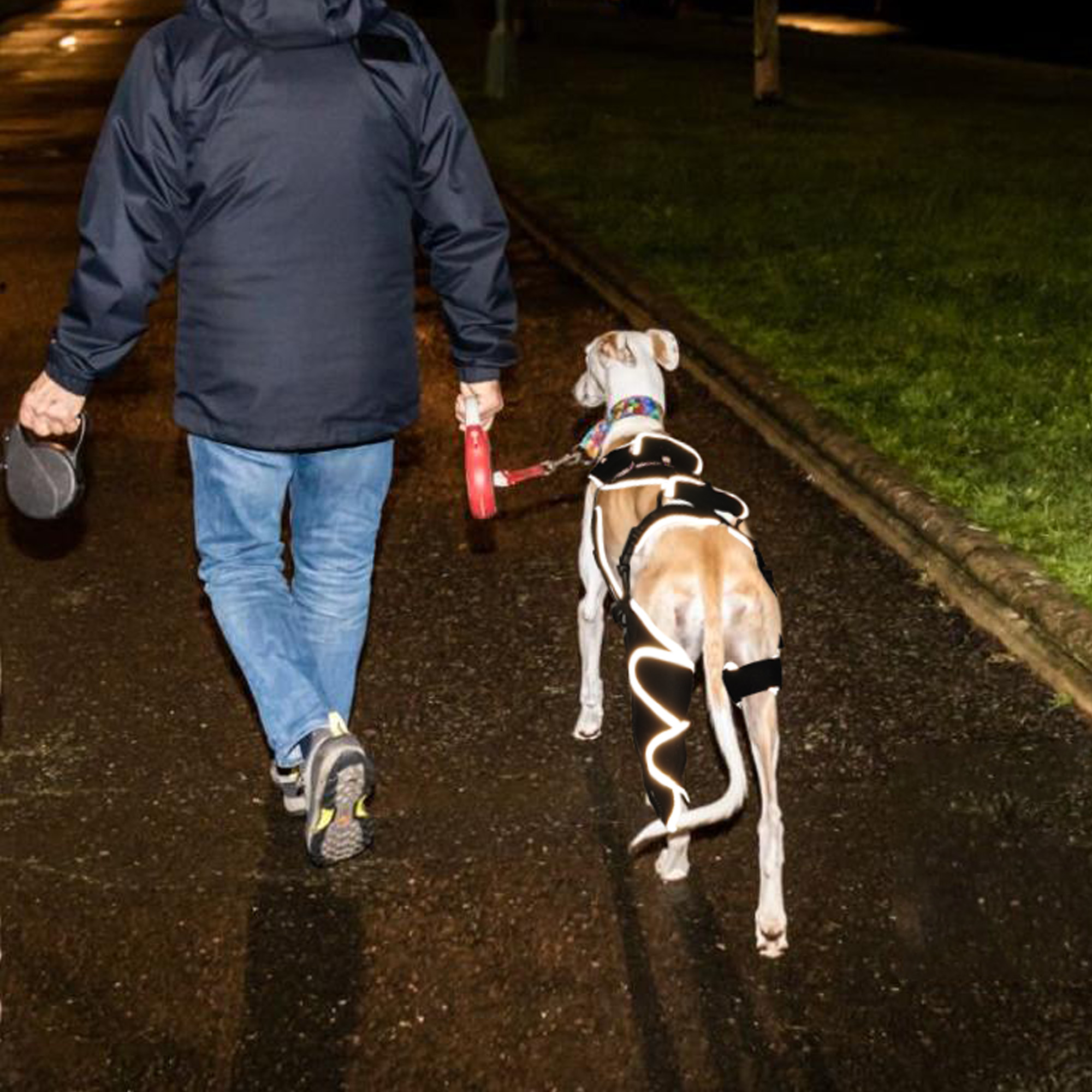A torn ACL (anterior cruciate ligament) can be a challenging injury for dogs, impacting their mobility and quality of life. While professional veterinary care is essential, there are several home treatment options you can consider to support your dog's recovery.
1. Rest and Restricted Activity
The first step in managing a torn ACL is to ensure your dog gets plenty of rest. Limit their activity to prevent further injury. Short, controlled walks for bathroom breaks are acceptable, but avoid vigorous play or jumping.
2. Ice Therapy
Applying ice packs to the affected area can help reduce swelling and pain. Wrap ice in a cloth and apply it to your dog's knee for about 15-20 minutes, several times a day. This can be particularly helpful in the initial days after the injury.
3. Weight Management
Keeping your dog at a healthy weight is crucial for minimizing stress on the injured knee. Consult your vet about a balanced diet and portion control to help manage their weight during recovery.
4. Pain Management
Talk to your veterinarian about appropriate pain relief options for your dog. They may recommend non-steroidal anti-inflammatory drugs (NSAIDs) or other pain management strategies that can be used safely at home.
5. Dog Knee Brace
Consider using a dog knee brace specifically designed for ACL injuries. A knee brace for dogs with ACL problems can provide essential support, stabilize the joint, and alleviate pain, helping your dog regain mobility. Look for a dog knee brace for ACL injury that fits well and is made of comfortable, breathable materials.
6. Gentle Rehabilitation Exercises
Once your dog starts to heal, gentle rehabilitation exercises can help strengthen the muscles around the knee. Activities like controlled walking on soft surfaces, slow swimming, or using a dog treadmill can be beneficial. Always consult your vet before starting any rehabilitation program.
7. Monitor Progress
Keep a close eye on your dog's recovery. Look for signs of improvement, such as increased mobility and decreased pain. If you notice any setbacks or your dog seems to be in pain, consult your veterinarian promptly.
Conclusion
Treating a torn ACL at home requires patience and diligence. With proper care, including rest, ice therapy, weight management, and the use of a dog knee brace for torn ACL, you can support your dog's healing process. Always stay in touch with your veterinarian for the best outcomes.
By following these guidelines, you can help your furry friend on the road to recovery, ensuring they remain as comfortable and active as possible during this challenging time.



0 Comments